View basket (0 items $0.00)
Error message
- Notice: unserialize(): Error at offset 5 of 154 bytes in variable_initialize() (line 1202 of /home/dh_6hcdc2/yogau.online/docroot/includes/bootstrap.inc).
- The file could not be created.
- The file could not be created.
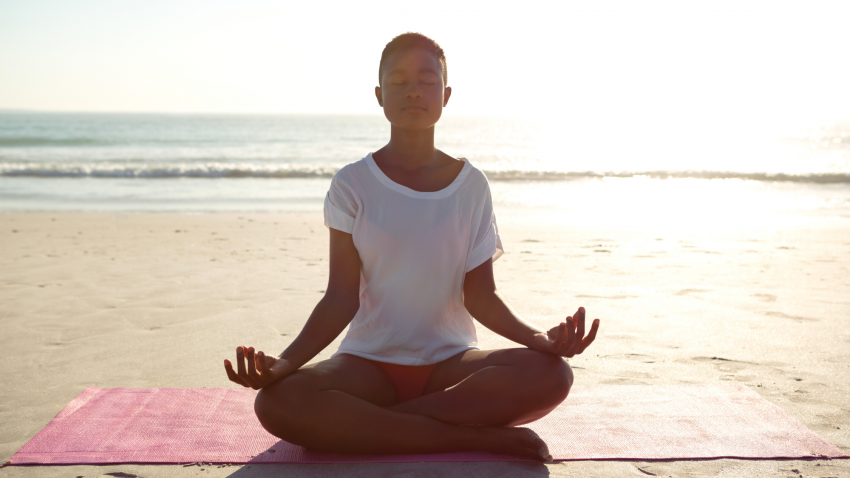
Stress Management For When You're Stressed
“The antidote to stress is relaxation. To relax is to rest deeply. This rest is different from sleep. Deep states of sleep include periods of dreaming which increase muscular tension, as well as other physiological signs of tension. Relaxation is a state in which there is no movement, no effort, and the brain is quiet.” —Judith Lasater
When you’re not feeling particularly stressed out, a well-rounded yoga practice that includes active asanas and short sessions of the stress management techniques of your choice will help keep your stress levels in check. And if you choose to meditate every day or do breath practices and practice Restorative Yoga or supported inversions on your rest days, all the better.
But in times like these (where I live—the San Francisco Bay Area—is now in Shelter-in-Place mode due to the COVID-19 pandemic), stress levels for most people are particularly high. So today’s post provides suggestions for how to practice yoga for periods when you’re going through chronic stress.
I’ll start with an overview of the six basic yoga tools you can use to reduce your stress levels. I’ll then make some suggestions about how to use these various tools in your home practice.
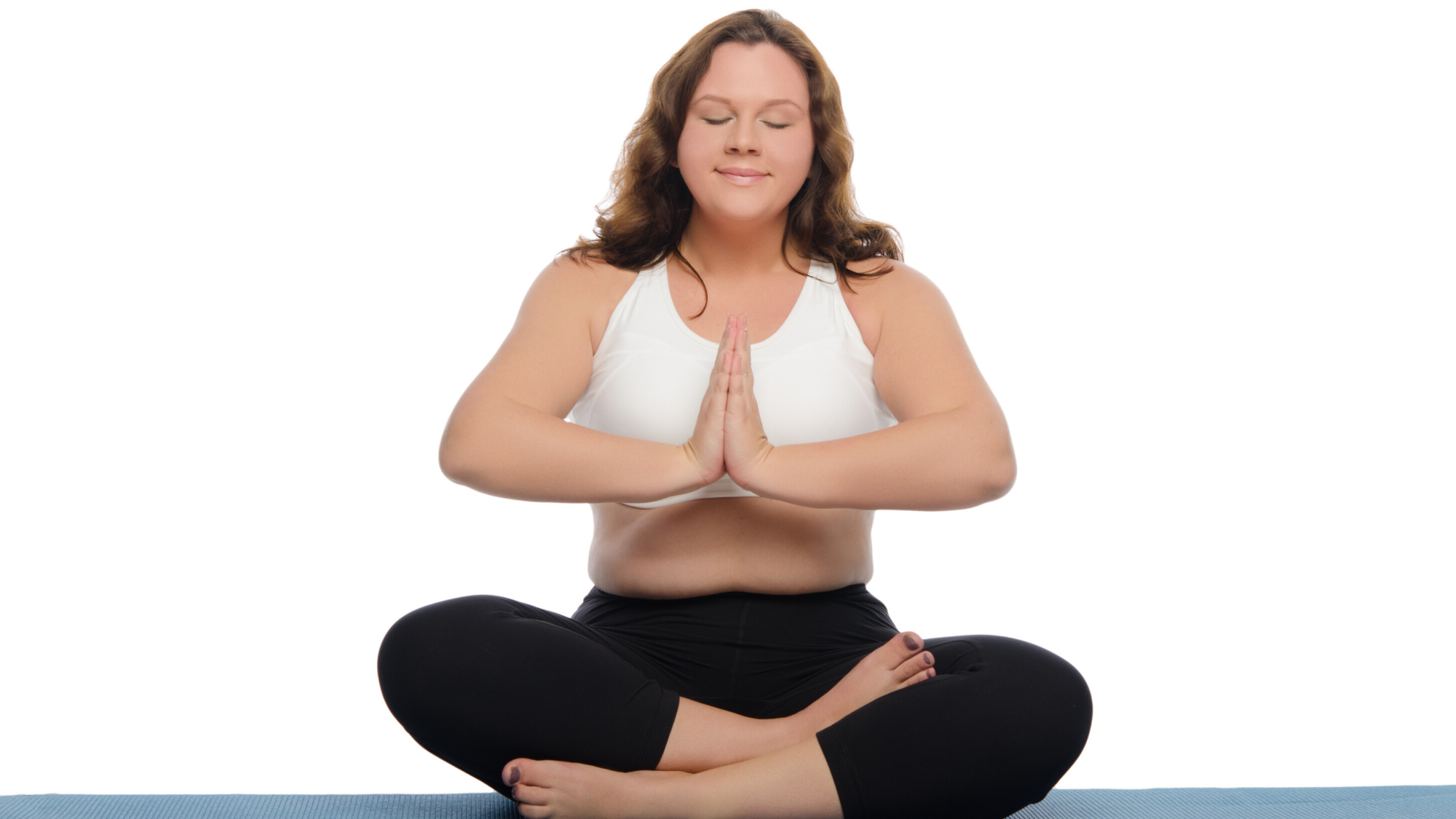
6 Yogic Tools for Reducing Stress
The six yogic tools on my list all provide you, in different ways, with the ability to switch your nervous system from stress response (fight-or-flight mode) to relaxation mode (rest-and-digest mode). Turning off the stress response reduces your overall stress levels and allows you to experience the benefits of conscious relaxation.
These stress management tools are not all interchangeable, however. Although you can use any of these practices for stress management, and you can choose whichever techniques you prefer to trigger the relaxation response, these practices each have different roles to play in a balanced yoga practice. In addition, not every form of stress management works effectively for everyone. And if a relaxation technique is not working for you, it’s not working for you, so find something else to practice.
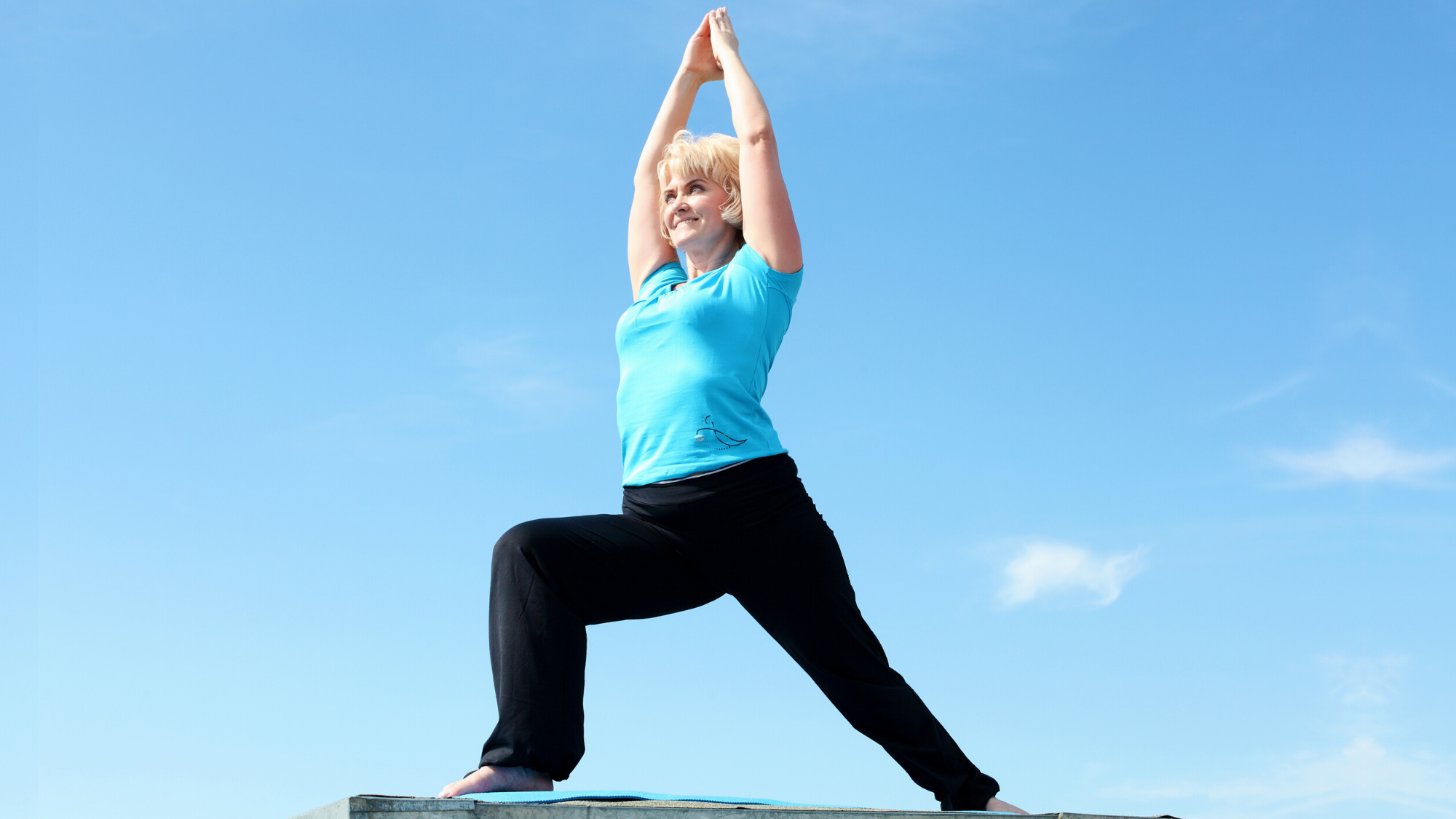
1. Meditation: Yogic meditation triggers the relaxation response through your focus on an object of meditation. As you repeatedly move your attention to your internal or neutral object of meditation and away from external worries or concerns, you’re signaling to your nervous system that you’re safe. Your nervous system responds by switching to the rest-and-digest state. Options include both seated and reclined meditation, with a mental focus of the breath or other physical sensations, mantra or sound, and visual imagery.
The role of meditation in a balanced yoga practice is particularly important. Although you can use meditation for stress reduction, its role in classical yoga is to quiet the mind to allow union with the divine or “liberation.” Meditation is also, as Timothy McCall says, a “fabulous tool to study your mind and slowly gain more control over it.”
2. Breath Practices: Simple breath awareness triggers the relaxation response by providing a mental focus. Pranayama, on the other hand, directly affects your nervous system by changing your heart rate. Practices that slow your breath or lengthen your exhalation quiet your nervous system. On the other hand, practices where you lengthen your inhalation stimulate your nervous system and practices where you make your inhalations and exhalations the same length are really more “balancing” than calming. You can perform breath awareness and pranayama, either seated or reclined.
Like meditation, pranayama is also an important component of classical yoga and precedes meditation as one of eight steps on the path to samadhi (union with the divine). It is considered an instrument to “steady the mind” and a gateway to Dharana (the first phase of meditation).

3. Restorative Yoga: These modern yoga poses provide deep physical relaxation by supporting and relaxing your body, and can trigger the relaxation response if you practice them with a mental focus. The mental focus is important because, as in meditation, it signals to your nervous system that you’re safe. Classic examples are Supta Baddha Konasana (Reclining Bound Angle Pose) and Salamba Balasana (Supported Child’s Pose).
4. Supported Inversions: These modern yoga poses use gravity to trigger the relaxation response through the mechanisms that control your blood pressure. You don’t need a mental focus—although you can use one—as long as you are warm, quiet, and comfortable in the pose. All you have to do is let the pose work its magic. Classic examples are Viparita Karani (Legs Up the Wall Pose) and Salamba Setu Bandha Sarvangasana (Supported Bridge Pose).
Inverted poses may be unsafe for those with certain medical conditions, such as high blood pressure that is not controlled with medication, eye problems, such as glaucoma or detached retina, recent oral surgery, or neck problems (for the inversions that put pressure on their necks).
5. Savasana: In both classic and supported forms, this pose provides deep physical relaxation for your body and can trigger the relaxation response if you practice it with a mental focus.
Savasana is an ancient yoga pose. Based on what I’ve read about the original practice, I’m going to go out on a limb and say that Savasana is a reclining form of meditation. To practice Savasana properly, however, you must actually do the work of meditating while you are in the pose (and make sure you don’t fall asleep). If you don’t actually meditate while in Savasana, then, well, you are simply relaxing. But that's okay, too, if that is what you are after.
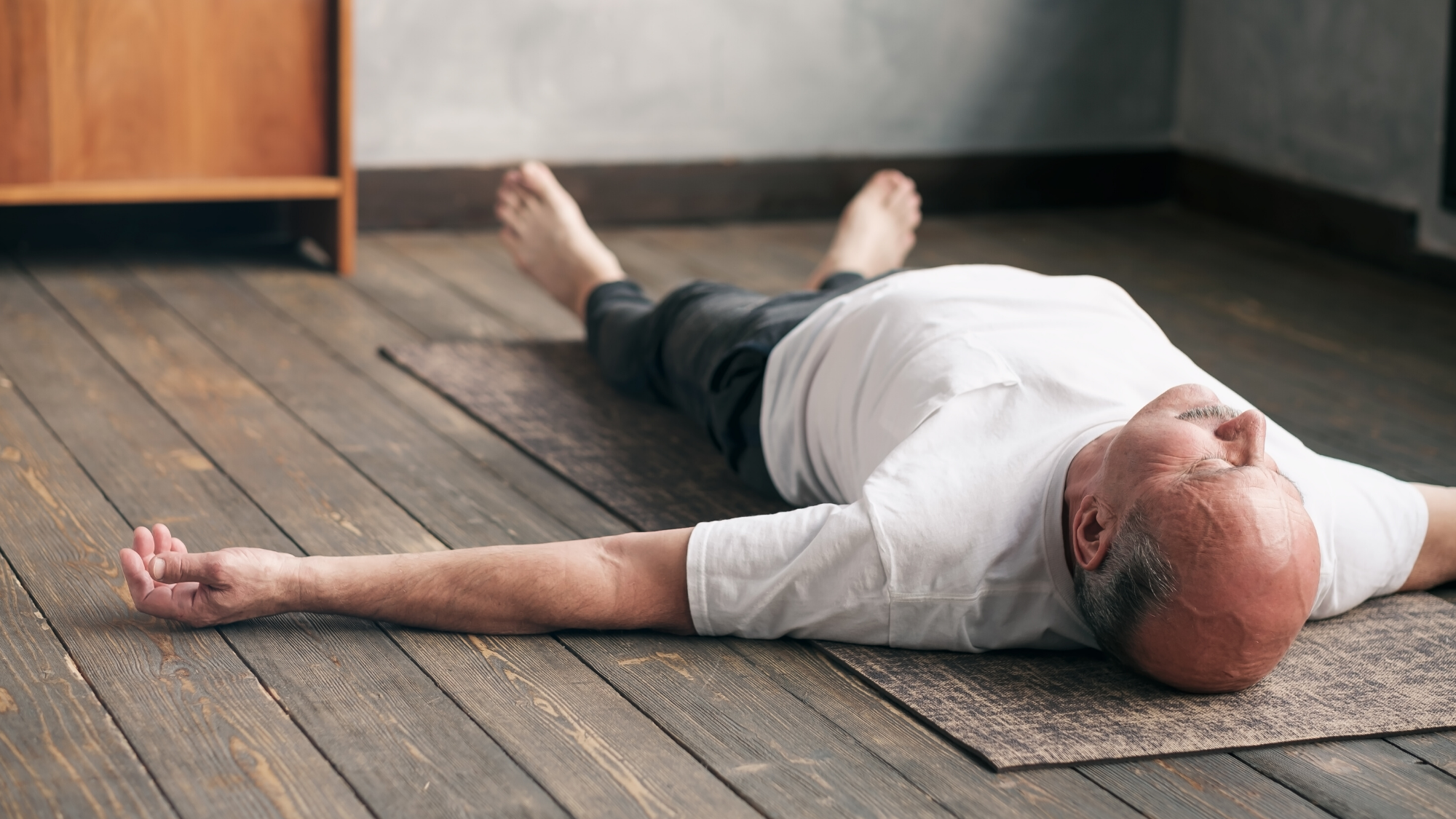
6. Focused Relaxation: These guided relaxation practices, which include basic body scans and visualization practices, as well as formal practices like yoga nidra, allow you to achieve physical relaxation and reduce stress levels by guiding you through a deep physical relaxation experience and providing mental imagery that harnesses you to the present.
Focused relaxation practices are specifically designed as relaxation techniques, and as such, do not replace meditation or pranayama in a balanced yoga practice. This is true of any form of Savasana in which an external voice is providing instructions and/or imagery for you.
My post titled 6 Ways to Take A Yoga Staycation has more information about all these yogic tools.
How to Practice Yoga for Stress Management
How Often to Practice: If you are going through a stressful period, I suggest practicing at least a short stress management session for about 20 minutes every single day, if possible. Right now, I myself, at the minimum, am practicing 20 minutes of meditation and 20 minutes of Legs Up the Wall Pose every day. What you practice for your short stress management sessions could be any of the relaxation practices you prefer or that work in your particular circumstances: seated or reclined meditation, calming breath practices, one or two Restorative and/or supported inverted poses, or a guided relaxation program. And because exercise is important for reducing stress, you should aim for doing an active asana practice (or another type of exercise, such as walking) around three to four days a week.
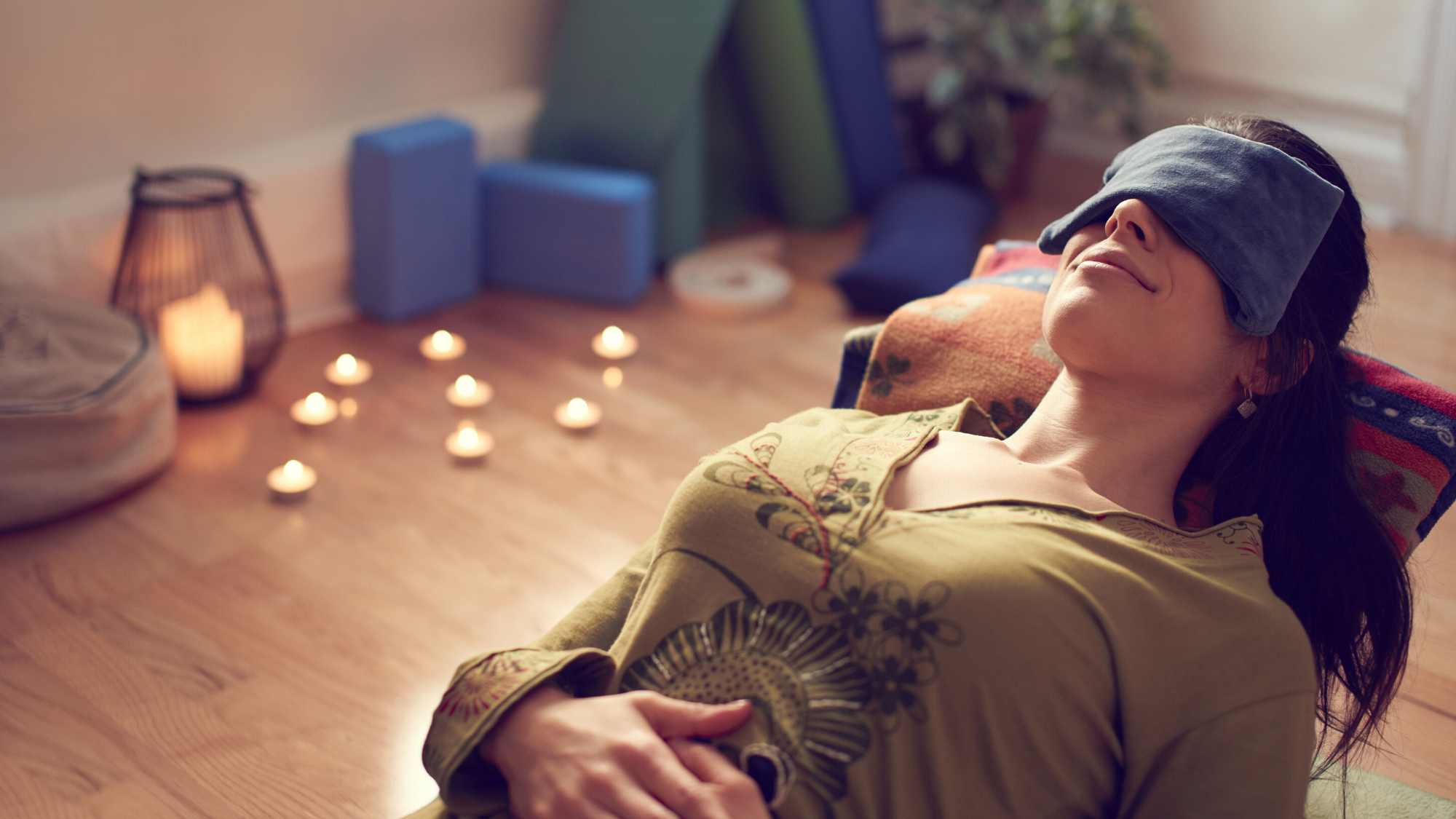
How Long to Practice: For a short stress management session, I suggest a length of 20 minutes per day, but you can actually divide this session up and practice part of your session in the morning and part later in the day. For example, you could meditate for 10 minutes in the morning and 10 minutes in the evening or meditate in the morning and do a Restorative pose at the end of the day.
What to Practice: For days when you want to do a full-length active practice in addition to your stress management, practice any sequence of active poses that you like either in the daytime or early evening, but not just before bed. (Active poses, especially standing poses and backbends, can be very stimulating so it’s best to avoid them just before going to sleep as they can cause insomnia.)
Generally, if you’re combining active poses and stress management practices, it makes sense to include the active poses at the beginning of your sequence. Although if you’re fatigued you can start with a resting pose and ease into the more active poses. But always quiet down after the active poses with a stress management practice. For days when you just need a short stress management session, choose any single or combination of stress management practices that work for you in your particular circumstances.

Static Poses: These poses are good for grounding you when you’re feeling anxious or flighty and for tiring yourself out a bit when you’re feeling hyper. Standing poses, such as Virabhadrasana II (Warrior II Pose) and Trikonasana (Triangle Pose), are particularly effective for this. But a balanced practice that includes poses from every category will engage your body and mind, and release physical tension from your body. Practice mindfully for best results.
Dynamic Poses: These poses are good for releasing held tension in your body, engaging your body and mind, and mildly energizing yourself when stress makes you feel fatigued. Be careful, however, not to practice (or breathe) too quickly, as this can over-stimulate you. Practice mindfully for best results.
Supported Inverted Poses: For many people, supported inverted poses are so effective for calming the nervous system and quieting the mind that even just one 15-minute session of Legs Up the Wall Pose can turn the day around. If these poses work well for you, during your active practice days, always include one or more near the end of your practice (before Savasana or meditation). Choose poses that you can hold for extended periods of time and use appropriate propping to ensure that you’ll be comfortable. Warming up for these poses with active or reclining poses that stretch your legs and open your shoulders may help you be less fidgety.

Restorative Poses: If stress is making you feel exhausted and depleted, you can put together an entire asana practice from Restorative poses or even practice a single pose on its own. If you are doing a more active practice and you enjoy Restorative poses, include one or two at the end of your practice. Choose poses that you can hold for extended periods of time so you can relax completely, and use appropriate propping to ensure you’ll be entirely comfortable.
Focused Relaxation: Guided relaxation, meditation, calming breath practices, and Savasana with a mental focus are practices that you can do on their own or include in an active practice. Although these are good practices to end your practice with, you can also use them to start a practice as a way to center yourself. Choose the techniques that work best for you and your particular circumstances. Make sure to use seated or reclined positions that you can hold for extended periods of time so you can relax completely, and use appropriate propping to ensure you’ll be entirely comfortable.
Also, read Nina Zolotow's article-4 Ways Yoga Helps Your Immune System.
Reprinted with permission from Accessible Yoga.
 Nina Zolotow, RYT 500, Editor-in-Chief of the Yoga for Healthy Aging blog, is both a yoga writer and a yoga teacher. She trained to be a yoga teacher at The Yoga Room in Berkeley, California, has studied yoga therapy with Shari Ser and Bonnie Maeda, and is especially influenced by the teachings of Donald Moyer. She also studied extensively with Rodney Yee and is inspired by the teachings of Patricia Walden on yoga for emotional healing. Her special area of expertise is yoga for emotional well-being (including yoga for stress, insomnia, depression, and anxiety) and she teaches workshops and series classes on yoga for emotional well-being, stress management, better sleep, home practice, and cultivating equanimity. Nina is the co-author with Baxter Bell of Yoga for Healthy Aging: A Guide to Lifelong Well-Being and co-author with Rodney Yee of Yoga: The Poetry of the Body (with its companion 50 Card Practice Deck) and Moving Toward Balance. She is also the author of numerous articles on yoga and alternative medicine.
Nina Zolotow, RYT 500, Editor-in-Chief of the Yoga for Healthy Aging blog, is both a yoga writer and a yoga teacher. She trained to be a yoga teacher at The Yoga Room in Berkeley, California, has studied yoga therapy with Shari Ser and Bonnie Maeda, and is especially influenced by the teachings of Donald Moyer. She also studied extensively with Rodney Yee and is inspired by the teachings of Patricia Walden on yoga for emotional healing. Her special area of expertise is yoga for emotional well-being (including yoga for stress, insomnia, depression, and anxiety) and she teaches workshops and series classes on yoga for emotional well-being, stress management, better sleep, home practice, and cultivating equanimity. Nina is the co-author with Baxter Bell of Yoga for Healthy Aging: A Guide to Lifelong Well-Being and co-author with Rodney Yee of Yoga: The Poetry of the Body (with its companion 50 Card Practice Deck) and Moving Toward Balance. She is also the author of numerous articles on yoga and alternative medicine.
Featured Courses









